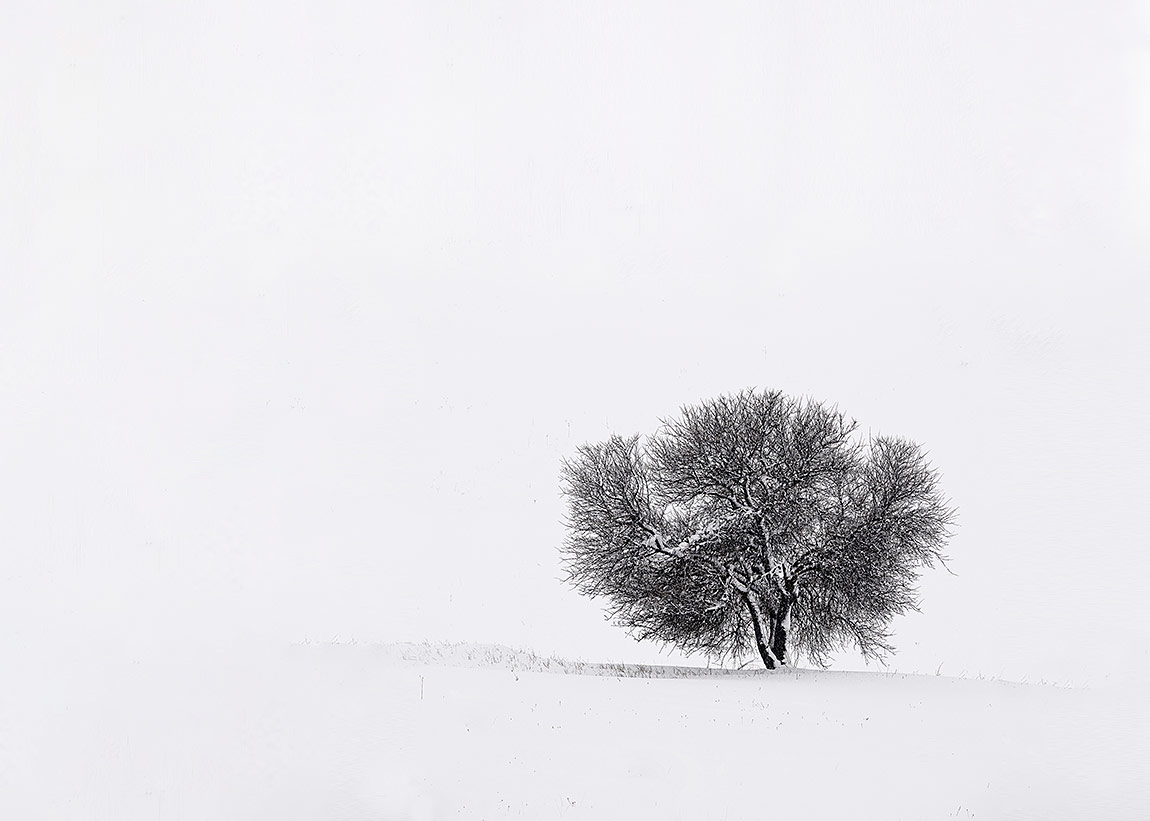Filomena was a European storm that mainly affected Spain in a very unusual way between the 6th and the 11th of January 2021.
Filomena appeared as a warm front in the centre of the North Atlantic but moved eastwards, towards the Iberian Peninsula and the Balearic Islands, within a few hours. On January 5, 2021, the meteorological agency of Spain issued warnings for wind, sea and rain storms in the Canary Islands and most southern regions of Spain. Forecasts for heavy snowfall in large areas for most of the peninsula's interior were also broadcast. These snowfalls would be caused by the interaction of warm, humid air from the North Atlantic with a much colder air mass already present in the Iberian Peninsula.
The storm entered Spain through the Canary Islands with gusts of wind of more than 130 km per hour in the mountains of Tenerife. Intense rains flooded some parts of the Canary Islands, and heavy snow accumulated on most of the peaks of the archipelago.
The coasts of the Iberian Peninsula took wind gusts of up to 80 km per hour, as well as heavy rain, with significant flooding in the province of Malaga. Abundant snowfall occurred in the mountainous regions of Spain. Supposedly the heaviest snowstorm in Spain since 1971, cities such as Madrid, Toledo, Cuenca, Soria and Zaragoza were almost buried in snow. Due to the unprecedented amount of snow, vehicle drivers were stranded on the roads for hours, public transportation services were suspended, and there was uncountable property damage throughout the country.
The storm left many towns in Madrid, Castilla-La Mancha and Catalonia communities without power supplies. Eventually, the storm weakened during the second week of January and left Spain towards the northeast. However, once the storm had passed, a cold wave entered, registering temperatures as low as -15 °C in areas of the peninsula's interior, making roads especially risky to drive on due to the formation of thick ice sheets. Thus, supply to many areas, towns and cities of Spain was nearly impossible.
The Iberian peninsula generally has mild winters, where cold and snowfall generally occur moderately in more mountainous regions. I lived through much worse storms in the Midwestern USA and the UK, but it comes as no surprise there. On the other hand, Filomena caught Spain by surprise, and it quite felt like one of those "end of the world" films where another ice age was showing up.
The roads in Madrid were all covered with snow, so the sound of engines had disappeared for days. On one of those days, I decided to go for a hike to a meadow not far from my home on the outskirts of Madrid city and carry my photographic gear with me. The trail was invisible; the snow was more than knee-deep, so I made up my path along a creek. This meadow is known as "Dehesa Boyal" and is populated with Holm Oak.
The snow had covered everything but the trees; thus, I sought one to isolate in an image, one that I could compose within the negative space of the snow. I took several photographs that cloudy afternoon, leaving this image as my favorite. The abundance of pure white snow, the strongly diffused light, and the absence of color on the oak tree make the photograph look black and white, even though it is not.
Benefits of VIP membership:
• Download all new issues of Landscape Photography Magazine
• Download all back issues of Landscape Photography Magazine
• Download all new issues of Wild Planet Photo Magazine
• Download all back issues of Wild Planet Photo Magazine
• Download premium eBooks worth £19.45.
• Create your Personal Portfolio Page – click here to see sample
• Your pictures stay attached to your Personal Portfolio Page forever
• Your published pictures are shared with over 300,000 members and followers
• Your shared pictures are tagged on Instagram
• Submission Priority – your submission goes to the front of the queue
• Fast Support – we aim to reply within 12 hours
 Create your Personal Portfolio Page and let us share your published pictures with over 300,000 members and followers.
Create your Personal Portfolio Page and let us share your published pictures with over 300,000 members and followers.
Dimitri Vasileiou • Editor


